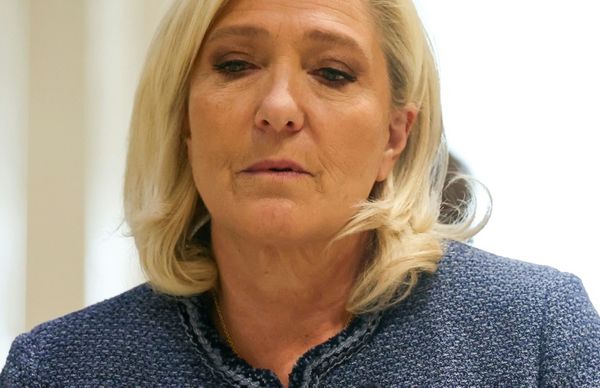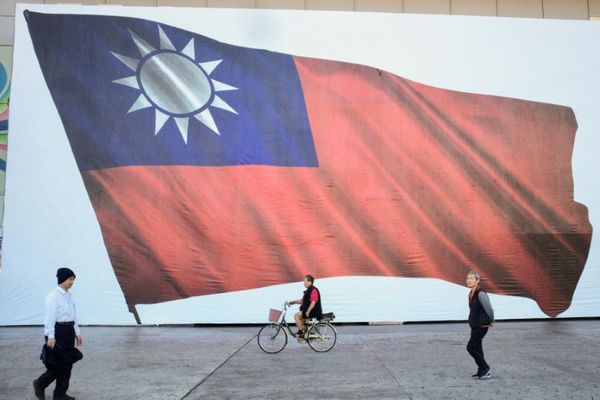
The two weather systems may have also delayed the withdrawal of monsoon in the city, the daily added in its report. The full withdrawal of the monsoon over Delhi, which is scheduled for September 25, is now expected to be delayed.
Delhi received 5.6mm of rainfall on Wednesday and 31.2mm of rainfall till 5.30 pm on Thursday. And, the India Meteorological Department (IMD) has predicted more rain in Delhi over the weekend.
RK Jenamani, senior scientist at IMD’s National Weather Forecasting Centre said there is an interaction between a western disturbance and remnants of a low-pressure area over northwestern Madhya Pradesh--around 250km southwest of Delhi. Besides, there is a lot of moisture supply from the Arabian Sea which is continuing. Such conditions will continue for the next 24 to 36 hours but the rainfall quantum will reduce on Friday.
The changes in Delhi's weather system are also impacting the neighboring states such as Uttar Pradesh, Punjab, and Rajasthan.
According to IMD scientists, it is likely that Uttar Pradesh will witness heavy rainfall in three-four days. However, in Rajasthan, Punjab, Jammu, and Kashmir, the intensity of rain has been reduced.
The IMD on Tuesday said the southwest monsoon had withdrawn from parts of southwest Rajasthan and adjoining Kutch, three days after the normal date of September 17.
Usually, it takes around a week after its withdrawal from west Rajasthan for the monsoon to retreat from Delhi.
The withdrawal of the southwest monsoon is declared if there has been no rainfall in the region for five days along with the development of anti-cyclonic circulation and water vapour imagery indicating dry weather conditions over the region.
Overall, India has seen 7% of excess rainfall this year with south India experiencing 26% excess rain. East and northeast India has seen 17% rain deficiency, while the northwest has experienced 3% rain deficiency, according to IMD data.
36% of rain deficiency has been recorded in Delhi; Punjab 20%; Bihar 30%; Jharkhand 20% and Uttar Pradesh 33% respectively.







